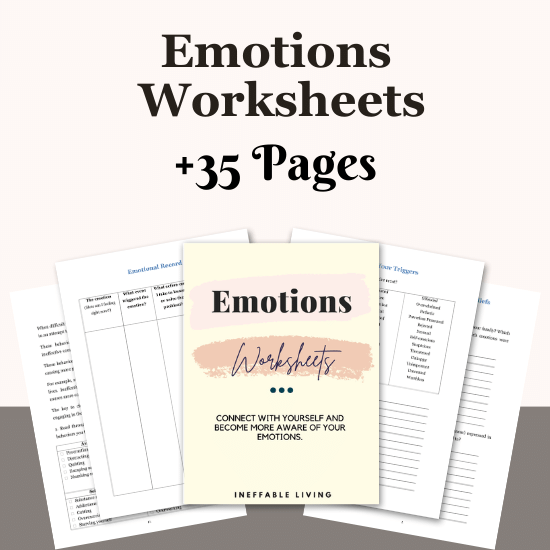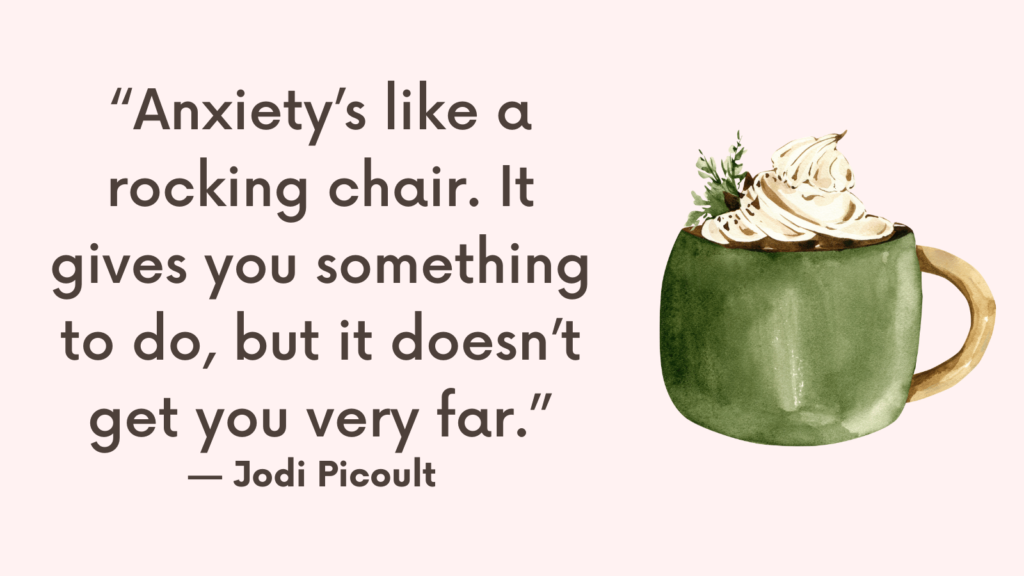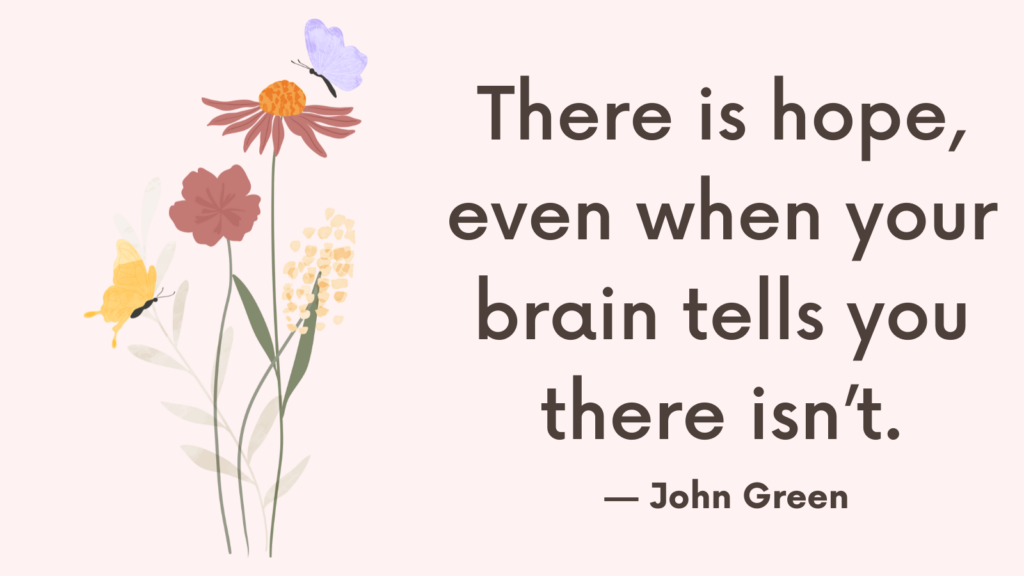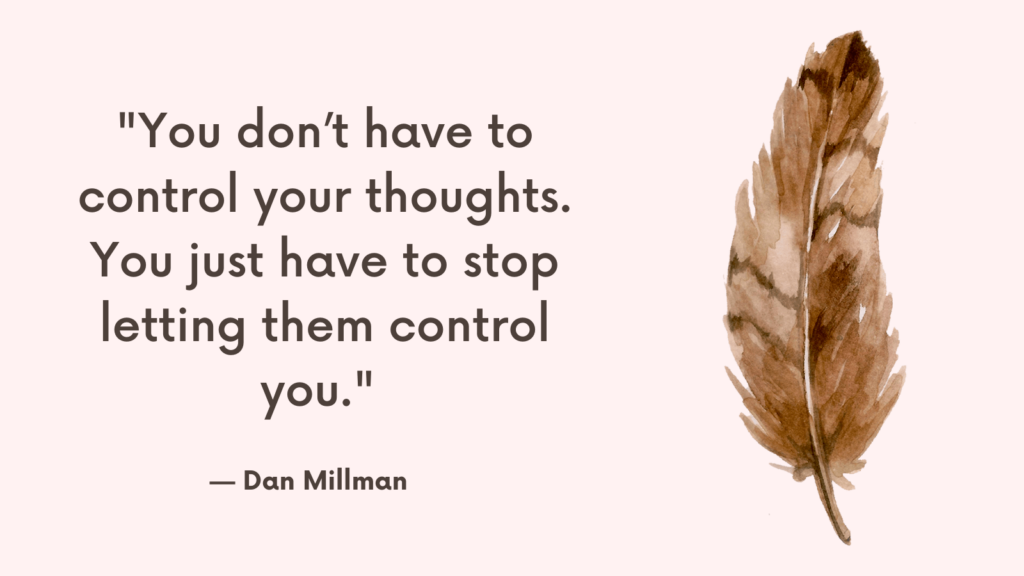This post contains a list of emotions along with helpful tips to identify your emotions and manage them more effectively.
The Big List of Emotions
| SAD | Anguish – Blue – Bummed – Burdened – Desperate – Despondent – Disappointed – Discouraged – Dismayed – Gloomy – Grave – Grey – Grieved – Grim – Heavy-hearted – Let down – Longing – Lost – Low – Miserable – Moody – Mournful – Pained – Pessimistic – Scorned – Sorrowful – Tearful – Unhappy |
| HURT | Abased – Abused – Aching – Afflicted – Agonized – Annihilated – Assaulted – Betrayed – Blamed – Bleeding – Brutalized – Burned – Bushwhacked – Chastised – Cheated – Crushed – Damaged – Defeated – Deflated – Dejected – Deprived – Devalued – Diminished – Disrespected – Forgotten – Heart-broken – Humiliated – Ignored – Injured – Insulted – Intimidated – Invalidated – Invisible – Jilted – Laughed at – Neglected – Offended – Oppressed – Pained – Persecuted – Punched – Put down – Rebuffed – Rejected – Ridiculed – Screwed – Slighted – Snubbed – Squashed – Tormented – Tortured – Victimized – Wronged |
| VICTIMIZED | Abused – Bamboozled – Bullied – Cheated – Cheated on – Controlled – Crushed – Damned – Debased – Deceived – Degraded – Denigrated – Denounced – Deprived – Devoured – Dumped-on – Duped – Emasculated – Erased – Eviscerated – Hoodwinked – Intruded upon – Jinxed – Mistreated – Objectified – Quashed – Railroaded – Reamed – Scapegoated – Set up – Suffocated |
| DEPRESSED | Abominable – Abysmal – Accursed – Ashamed – Bad – Besieged – Black – Dark – Despairing – Despicable – Diminished – Dissatisfied – Dour – Dreary – Dysphoric – Guilty – Loathsome – Lousy – Morbid – Morose – Repugnant – Self-abasing – Self-destructive – Sense of loss – Suicidal – Sulky – Terrible – Worn out |
| ANGRY | Abrasive – Abusive – Aggravated – Aggressive – Annoyed – Appalled – Bitter – Bloodthirsty – Boiling – Bristling – Bugged – Confrontive – Contemptuous – Contentious – Cranky – Cross – Dangerous – Disgruntled – Disgusted – Dismayed – Enraged – Exasperated – Fiery – Frustrated – Fuming – Furious – Galled – Hateful – Horrified – Hostile – Incensed – Inflamed – Infuriated – Insulting – Irritated – Livid – Miffed – Misanthropic – Nauseated – Offensive – Outraged – Perturbed – Pissed off – Provoked – Repulsed – Resentful – Revolted – Riled – Seething – Sore – Spiteful – Steamed – Stewing – Surly – Ticked off – Troubled – Unpleasant – Upset – Vicious – Wary – Worked up |
| HURTFUL | Controlling – Cruel – Dangerous – Enraged – Harmful – Malevolent – Malicious – Malignant – Manipulative – Mean – Menacing – Mouthy – Nasty – Offensive – Retaliatory – Rude – Ruthless – Sadistic – Vengeful |
| UNCOMFORTABLE | Antsy – Awkward – Conspicuous – Discomfit – Discontented – Disturbed – Fidgety – Icky – Ill- tempered – Inappropriate – Odd – Off-balance – Off- center – Out of it – Peculiar – Rotten – Sickened – Sour |
| EMBARRASSED | Absurd – Ashamed – Awkward – Clumsy – Conspicuous – Disgraced – Foolish – Humiliated – Mortified – Silly – Uncomfortable |
| VULNERABLE | Bare – Bested – Blind – Broken – Bullied – Captive – Conned – Conspicuous – Constrained – Controlled – Corralled – Delicate – Eclipsed – Expendable – Exposed – Little – Lost – Obscured – One-down – One-upped – Open – Raw – Sensitive – Small – Susceptible – Weak |
| CONFUSED | Addled – Ambivalent – Anxious – At a loss – Baffled – Befuddled – Bewildered – Conflicted – Confused – Disconcerted – Distracted – Doubtful – Flustered – Hesitant – Indecisive – Lost – Misgiving – Muddled – Mystified – Perplexed – Puzzled – Tense – Uncertain – Uneasy – Unsure |
| SHOCKED | Agape – Aghast – Agog – Astonished – Astounded – Awestruck – Dazed – Dumbfounded – Dumbstruck – Dumfounded – Flabbergasted – Jarred – Jolted – Rattled – Startled – Stricken – Stunned – Stupefied |
| LOST | Planless –Rudderless – Scattered – Seeking – Stranded – Stumped |
| HELPLESS | Alone – Controlled – Despairing – Distressed – Dominated – Empty – Fatigued – Forced – Frustrated – Futile – Hesitant – Hindered – Immobile – Impotent – Incapable – Ineffective – Inferior – Lame – Micro-managed – Overwhelmed – Paralyzed – Pathetic – Stifled – Stonewalled – Straight-jacketed – Stuck – Tragic – Useless – Vulnerable – Woeful |
| INADEQUATE | Deficient – Enfeebled – Helpless – Incapable – Incompetent – Inept – Inferior – Insecure – Insufficient – Mediocre – Meek – One-down – Pathetic – Powerless – Second rate – Spineless – Unworthy – Useless – Weak – Worthless |
| GUILTY | Accountable – At fault – Contrite – Culpable – Deceitful – Faulty – Regretful – Remorseful – Responsible – Rueful – Undeserving – Wrong |
| AFRAID | Alarmed – Anxious – Boxed-in – Chilled – Cornered – Cowardly – Doubtful – Fear – Frightened – Jittery – Jumpy – Menaced – Overwhelmed – Quaking – Scared – Shaken –Spooked – Suspicious – Terrified – Threatened – Uneasy – Wary – Worried |
| ANXIOUS | Daunted – Dreading – Frantic – Fretful – Guarded – Insecure – Jangled – Knotted – Nervous – Neurotic – Obsessive – Overcome – Panicky – Preoccupied – Restless – Ruffled – Self-conscious – Shaky – Shy – Skittish – Stressed – Timid – Unnerved |
| ALONE | Abandoned – Alienated – Aloof – Antisocial – Apart – Avoided – Bypassed – Deserted – Desolate – Disliked – Dispossessed – Disregarded – Dissociated – Distant – Estranged – Excluded – Friendless – Ignored – Inaccessible – Isolated – Jilted – Longing – Loveless – Needy – Outnumbered – Rejected |
| NEGATIVE | Against – Averse – Disharmonious – Hesitant – Opposed – Oppositional – Quarrelsome – Rebellious – Recalcitrant – Resistant – Stubborn |
| TIRED | Battle-worn – Bedraggled – Careworn – Depleted – Dispirited – Done-in – Downtrodden – Drained – Dried up – Exhausted – Faint – Finished – Fried – Harried – Hassled – Limp – Listless – Overdrawn – Overloaded – Pooped – Spent – Strained – Stretched – Used up – Weary – Worn |
| BORED | Bland – Dreary – Listless – Mundane – Tedious – Unchallenged – Understimulated |
| INDIFFERENT | Absent – Apathetic – Banal – Bland – Blasé – Bored – Cavalier – Cold – Dead – Disinterested – Dulled – Emotionless – Empty – Insensitive – Lifeless – Mindless – Neutral – Nonchalant – Reserved – Robotic – Uncaring – Weary |
| INTERESTED | Absorbed – Affected – Attentive – Aware – Concerned – Curious – Engrossed – Fascinated – Imaginative – Inquisitive – Intrigued – Nosy – Rapt – Snoopy |
| POSITIVE | Anxious – Complimented – Determined – Eager – Earnest – Enthusiastic – Excited – Hopeful – Inspired – Intent – Keen – Productive – Pumped – Sincere |
| ACCEPTABLE | Adequate – Average – Functional – Good enough – Legitimate – Okay |
| THANKFUL | Appreciative – Beholden – Grateful – Obliged – Owing |
| OPEN | Aboard – Accepting – Adventurous – Amazed – Boundless – Confident – Easy – Exultant – Free – Fun-loving – Interested – Kind – Ready – Receptive – Reliable – Satisfied – Sympathetic – Understanding |
| ALIVE | Animated – Awake – Colorful – Courageous – Electric – Energetic – Free – Frisky – Glorious – Glowing – Impulsive – Liberated – Optimistic – Peppy – Playful – Provocative – Reborn – Spirited – Spunky – Thrilled – Wonderful |
| HAPPY | Blissful – Bouncy – Buoyant – Cheerful – Delighted – Delirious – Ecstatic – Elated – Exuberant – Festive – Fortunate – Giddy – Glad – Gleeful – Great – Important – Joyous – Jubilant – Lucky – Merry – Mirthful – Overjoyed – Peachy – Perky – Satisfied – Soaring – Sparkling – Sunny – Thankful |
| GOOD | At ease – Bright – Calm – Certain – Clean – Clever – Comfortable – Content – Decent – Deserving – Encouraged – Extraordinary – Fabulous – Pleasant – Pleased – Quiet – Reassured – Relaxed – Serene – Smart – Sure – Surprised |
| RELAXED | Breezy – Calm – Chill – Released – Resolved – Sleepy |
| STRONG | Able – Accomplished – Assertive – Assured – Authoritative – Brave – Capable – Certain – Clear – Competent – Confrontive – Courageous – Dynamic – Ethical – Feisty – Free – Graceful – Hardy – In control – Influential – Moral – Nervy – Outspoken – Persevering – Rebellious – Reliable – Resolute – Revitalized – Solid – Stable – Sure – Tenacious – Unique |
| LOVING | Admiration – Affectionate – Attracted – Caring – Connection – Considerate – Cuddly – Devoted – Love – Passionate – Sensitive – Tender – Warmth |
| CARING | Affectionate – Attached – Benevolent – Communicative – Connected – Cuddly – Dedicated – Empathetic – Generous – Gracious – In tune – Loving – Loyal – Nurturing – Responsible – Selfless – Sympathetic – Warm |
| CARED FOR | Accommodated – Admired – Appreciated – Esteemed – Honored – Pampered |
How to Identify Your Emotions?
Emotions play a crucial role in our lives, influencing our thoughts, behaviors, and overall well-being.
Identifying and understanding our emotions is essential for managing them effectively.
1. Raise Awareness
The first step in identifying your emotions is to raise awareness of what you are feeling.
Take a moment throughout the day to pause and check in with yourself.
Notice any physical sensations or changes in your body, as they often indicate an emotional response.
Pay attention to subtle cues like tension in your muscles, increased heart rate, or shallow breathing.
Related: Self-Abandonment: Top 5 Ways To Get Back In Touch With Yourself
2. Name Your Emotions
Once you’ve noticed a change in your body, try to put a name to the emotion you are experiencing.
Start with basic emotions like happiness, sadness, anger, fear, or disgust.
As you become more comfortable, explore more nuanced emotions such as frustration, envy, excitement, or contentment.
Use an emotion wheel or list of emotions to expand your emotional vocabulary.
3. Journaling
Keeping a journal can be a powerful tool for identifying and understanding your emotions.
Set aside a few minutes each day to write about your experiences, thoughts, and feelings.
Describe the events that triggered specific emotions and reflect on the intensity and duration of each emotion.
Over time, patterns may emerge, allowing you to gain deeper insights into your emotional landscape.
Related: Top +100 Journal Prompts For Mental Health [+Free PDF Printable!]
4. Mindfulness
Practicing mindfulness involves being fully present and non-judgmentally aware of your thoughts, emotions, and sensations.
Set aside short periods throughout the day to engage in mindfulness exercises.
Observe your emotions as they arise without trying to change or suppress them.
This practice develops a greater sense of self-awareness and helps you distinguish between different emotions.
5. Body Scan Technique
Performing a body scan is an effective technique to connect with your emotions.
Lie down in a quiet space and mentally scan your body from head to toe, paying attention to any physical sensations or discomfort.
Notice if any emotions arise as you bring your focus to different parts of your body.
This exercise helps you uncover and identify emotions that might be residing within you.
6. Reflect on Triggers
Take note of situations, events, or people that consistently evoke strong emotional responses.
Reflect on why these triggers provoke certain emotions in you.
Consider your past experiences and belief systems that may contribute to these reactions.
Understanding your triggers can provide valuable insight into the origin and nature of your emotions.
Related: Top 8 Common Triggers For Empaths
7. Use Artistic Expression
Engaging in creative activities can help express and identify emotions that are difficult to verbalize.
Paint, draw, write poetry, or engage in any form of expressive art that resonates with you.
Allow your emotions to guide your artistic process, letting your subconscious speak through your creations.
This can reveal hidden or complex emotions that may be challenging to recognize verbally.
8. Emotional Intelligence Exercises
Explore various exercises designed to enhance emotional intelligence.
These exercises often involve role-playing scenarios or hypothetical situations to help you identify and understand emotions in yourself and others.
Working with a therapist or joining a support group can provide guidance and structure in developing emotional intelligence through these exercises.
Related: Top 19 Emotional Intelligence Activities (To Improve Low Emotional Intelligence)

How to Manage Your Emotions Effectively?
Managing emotions effectively is an essential aspect of maintaining mental well-being and healthy relationships.
Emotions can become overwhelming if left unaddressed, leading to negative consequences in various areas of life.
1. Accept and Validate Your Emotions
It is essential to acknowledge that all emotions are valid and serve a purpose.
Avoid judging or suppressing your emotions, as this can lead to further distress.
Instead, accept your emotions without judgment and validate them as normal and natural responses to certain situations.
2. Develop Emotional Regulation Techniques
Emotional regulation techniques help you navigate intense emotions and prevent them from escalating. Consider the following strategies:
– Deep Breathing: Practice deep abdominal breathing to activate the body’s relaxation response and reduce emotional intensity.
– Mindfulness Meditation: Engage in regular mindfulness meditation to cultivate present-moment awareness and non-reactivity to emotions.
– Progressive Muscle Relaxation: Systematically tense and relax different muscle groups to release physical tension associated with emotional arousal.
– Visualization: Use imagery to create a calm and safe mental space, allowing yourself to experience a sense of emotional relief.
– Emotional Freedom Technique (EFT): EFT combines gentle tapping on specific acupressure points with verbal affirmations to reduce emotional distress.
Related: EFT For Codependency: Simple 5 EFT Steps That Will Help You Break Free From Codependency
3. Engage in Physical Activity
Regular exercise has been shown to improve mood and enhance emotional well-being.
Engaging in physical activities such as walking, running, yoga, or dancing helps release endorphins, which are natural mood elevators.
Exercise also provides an outlet for emotional expression and acts as a stress reliever.
4. Seek Social Support
Sharing your emotions with trusted friends, family members, or a therapist can provide comfort and perspective.
Communicating your feelings effectively and receiving empathy and understanding from others can help regulate intense emotions.
Additionally, building a supportive network can offer guidance and assistance during challenging emotional periods.
5. Practice Cognitive Restructuring
Our thoughts and beliefs significantly influence our emotions.
Challenge negative or distorted thinking patterns that contribute to emotional distress.
Replace them with more balanced and realistic thoughts through cognitive restructuring techniques.
Journaling, affirmations, and positive self-talk can aid in this process.
Related: Negative Core Beliefs List (& 8 Tips On How To Challenge Them)
6. Establish Healthy Coping Mechanisms
Identify healthy coping mechanisms that work for you when dealing with intense emotions.
Engage in activities such as listening to music, engaging in hobbies, spending time in nature, practicing relaxation techniques, or engaging in creative outlets.
Choose strategies that bring you joy, distract you momentarily, or provide a sense of calm.

Conclusion
Identifying your emotions is an essential step toward emotional well-being and self-understanding.
By raising awareness, naming emotions, journaling, practicing mindfulness, using the body scan technique, seeking feedback, reflecting on triggers, engaging in artistic expression, and participating in emotional intelligence exercises, you can develop a deeper understanding of your emotional world.



